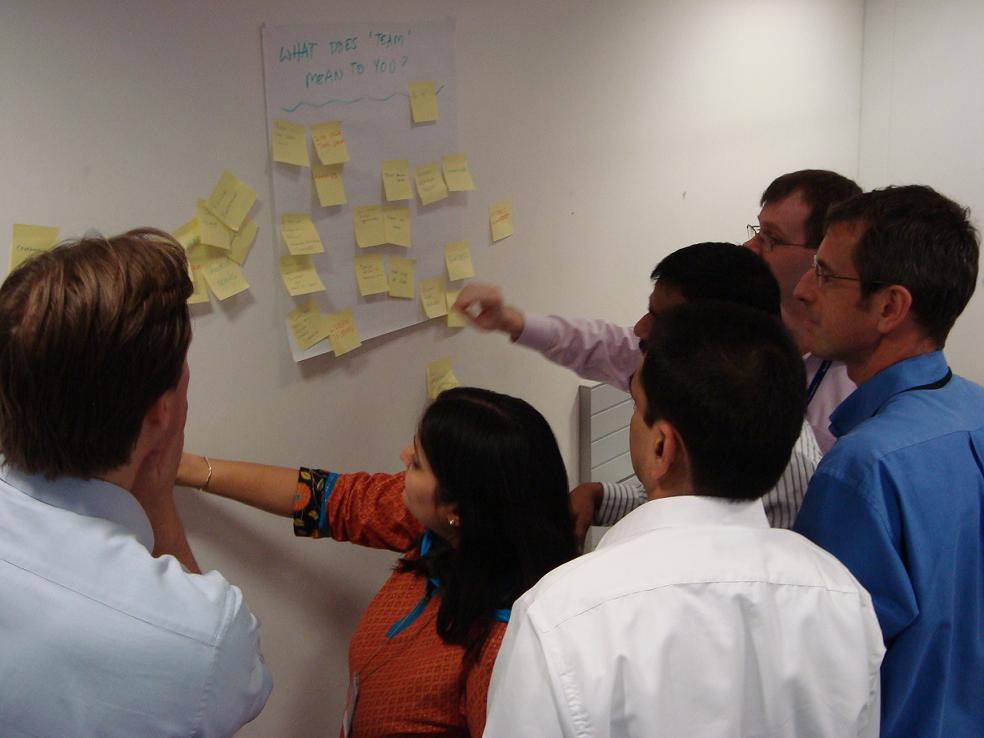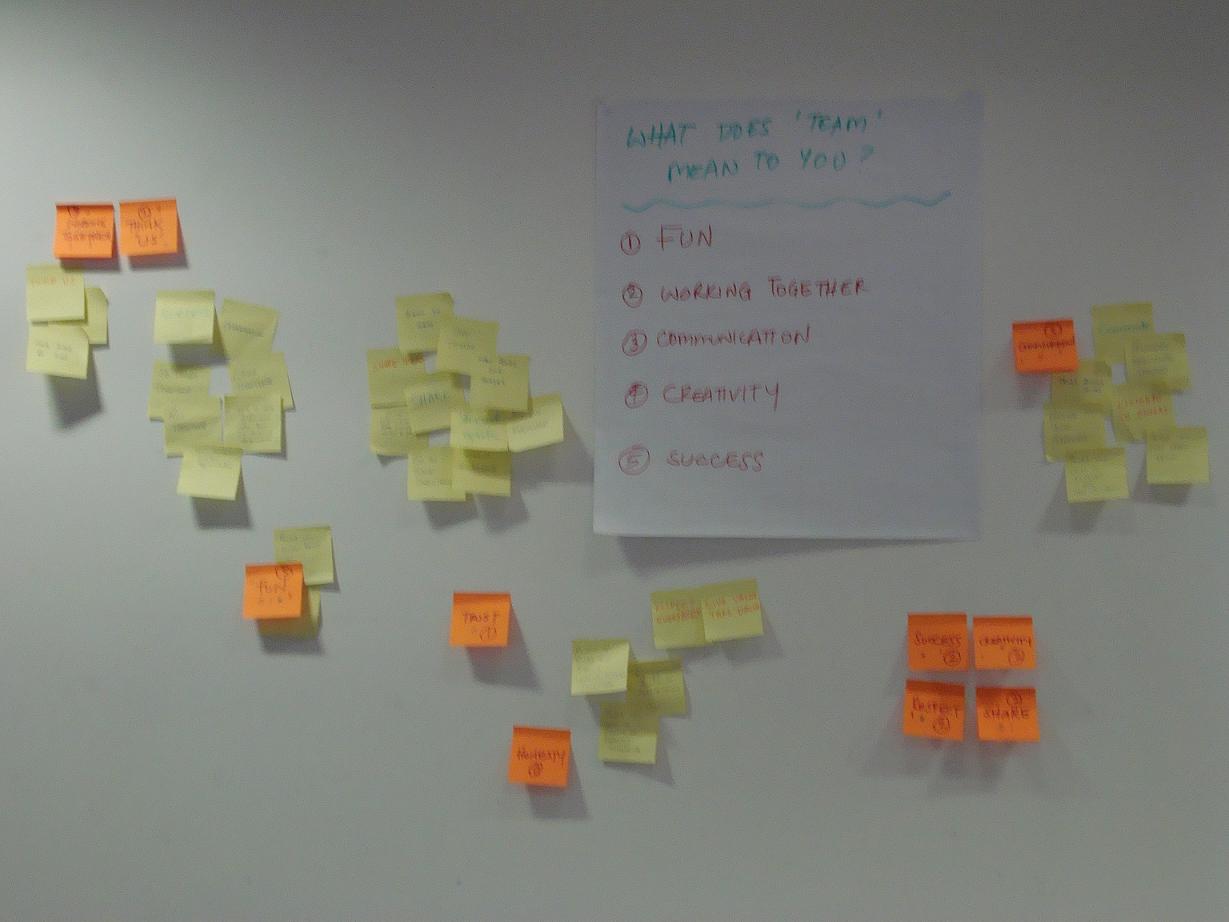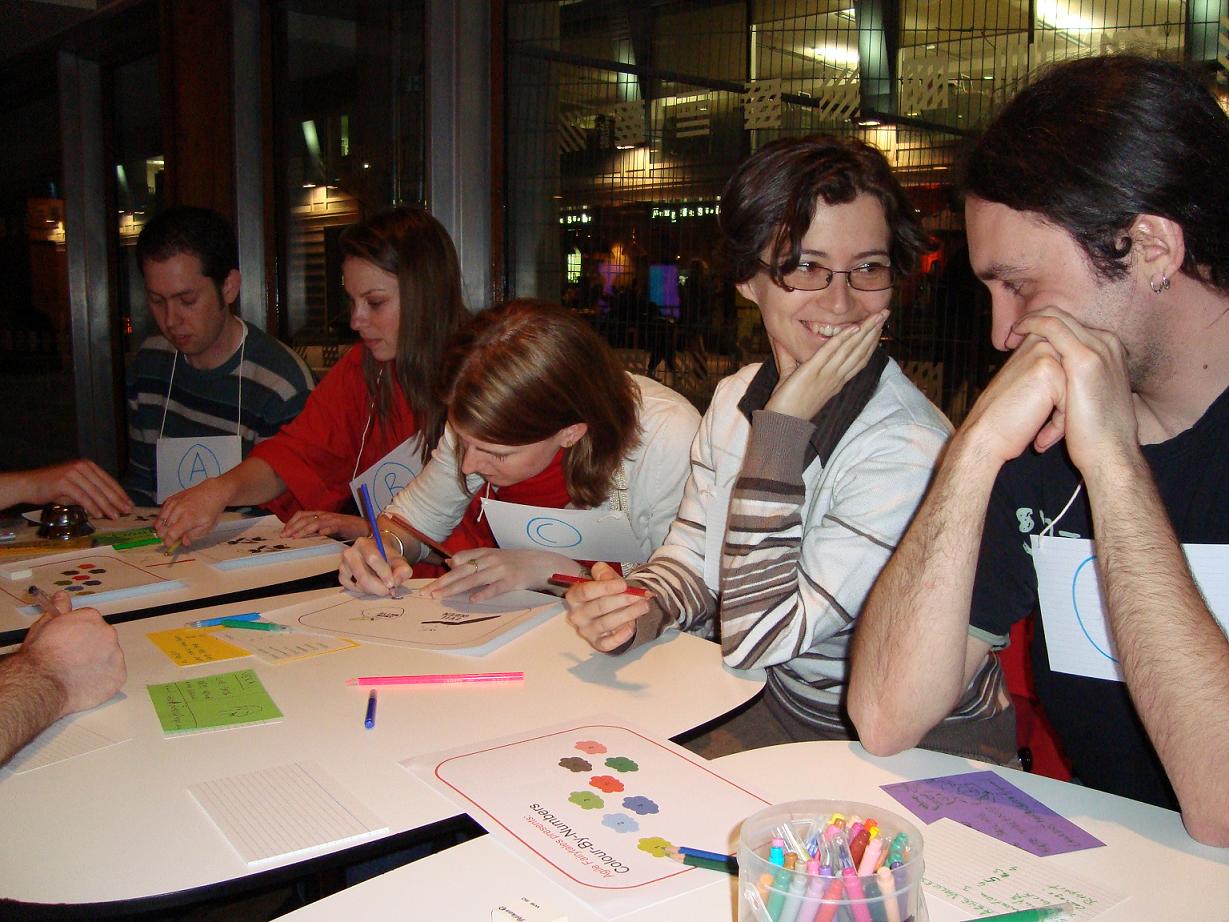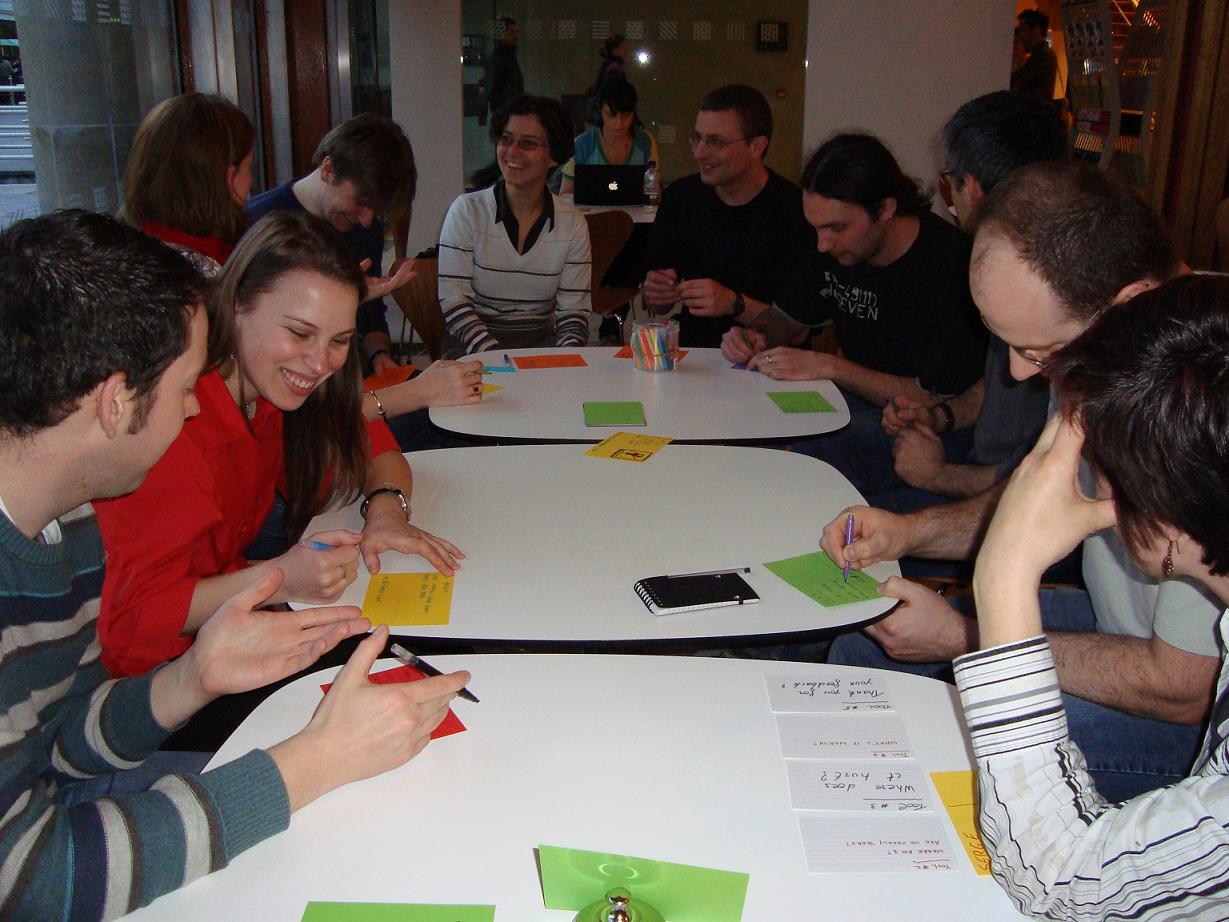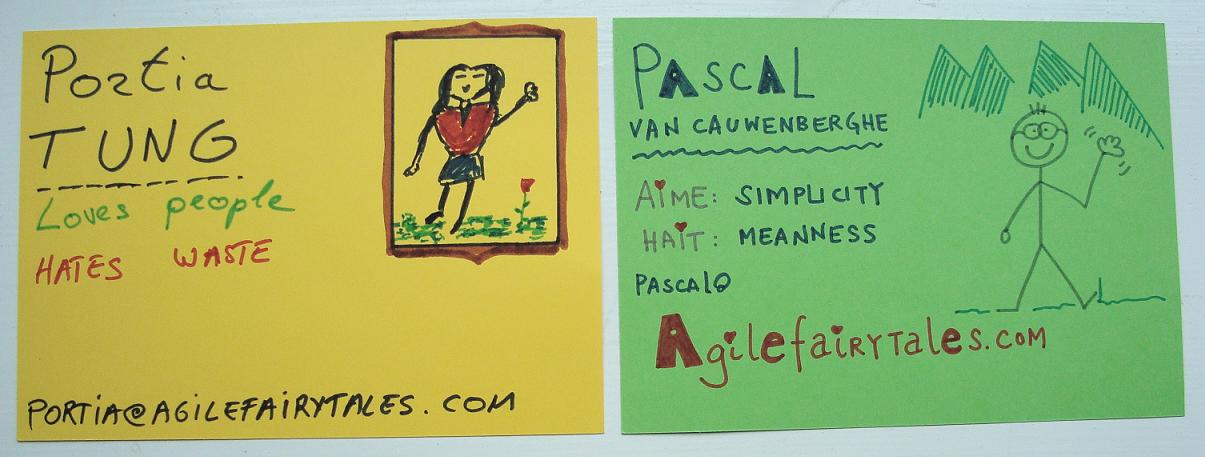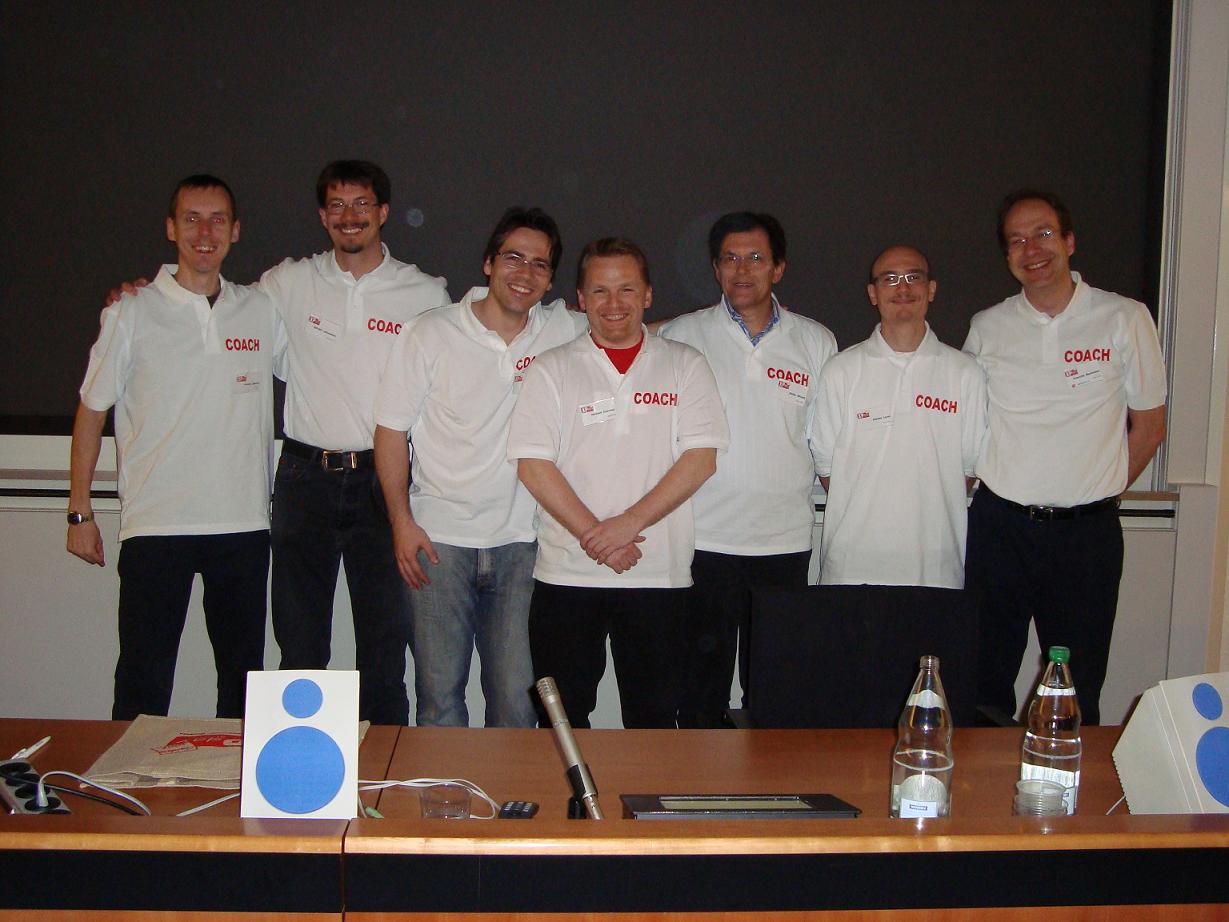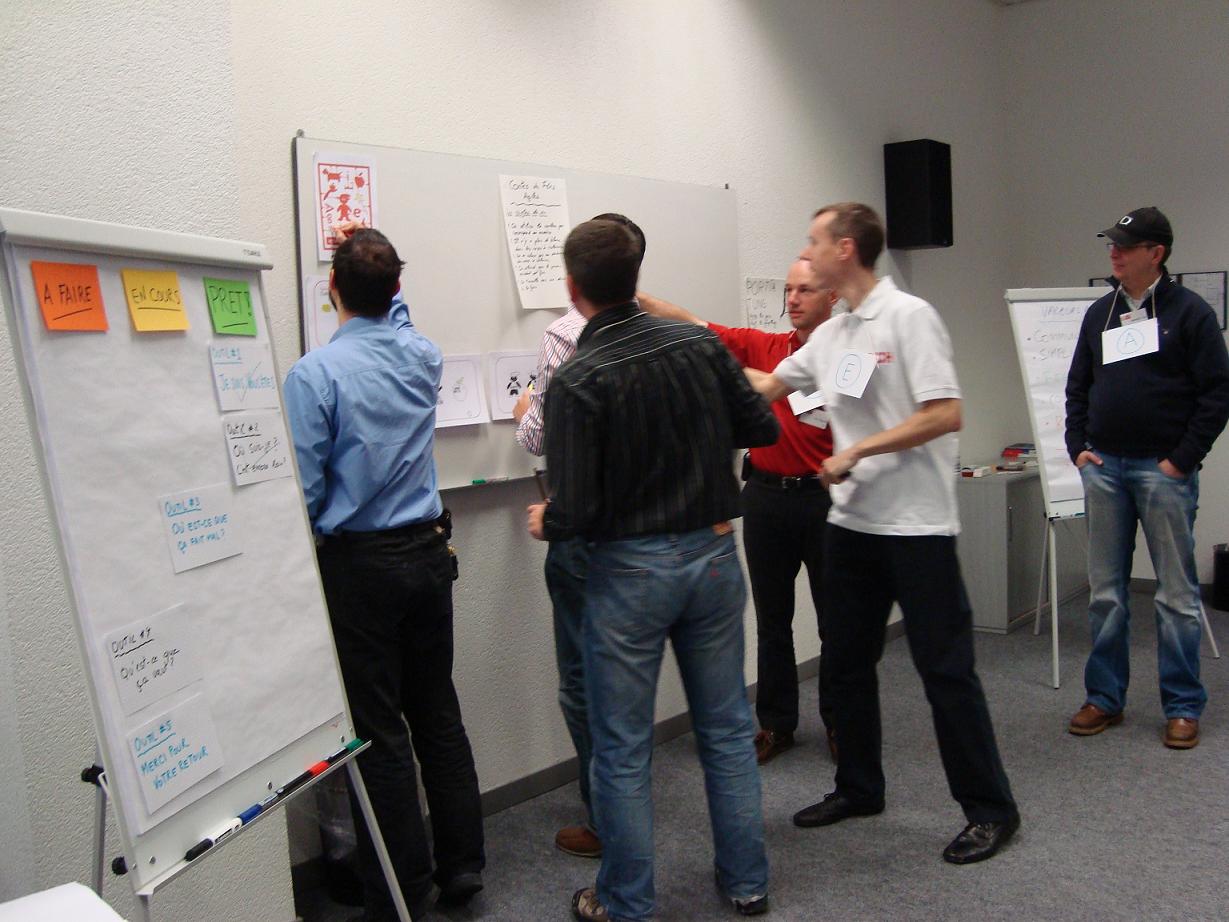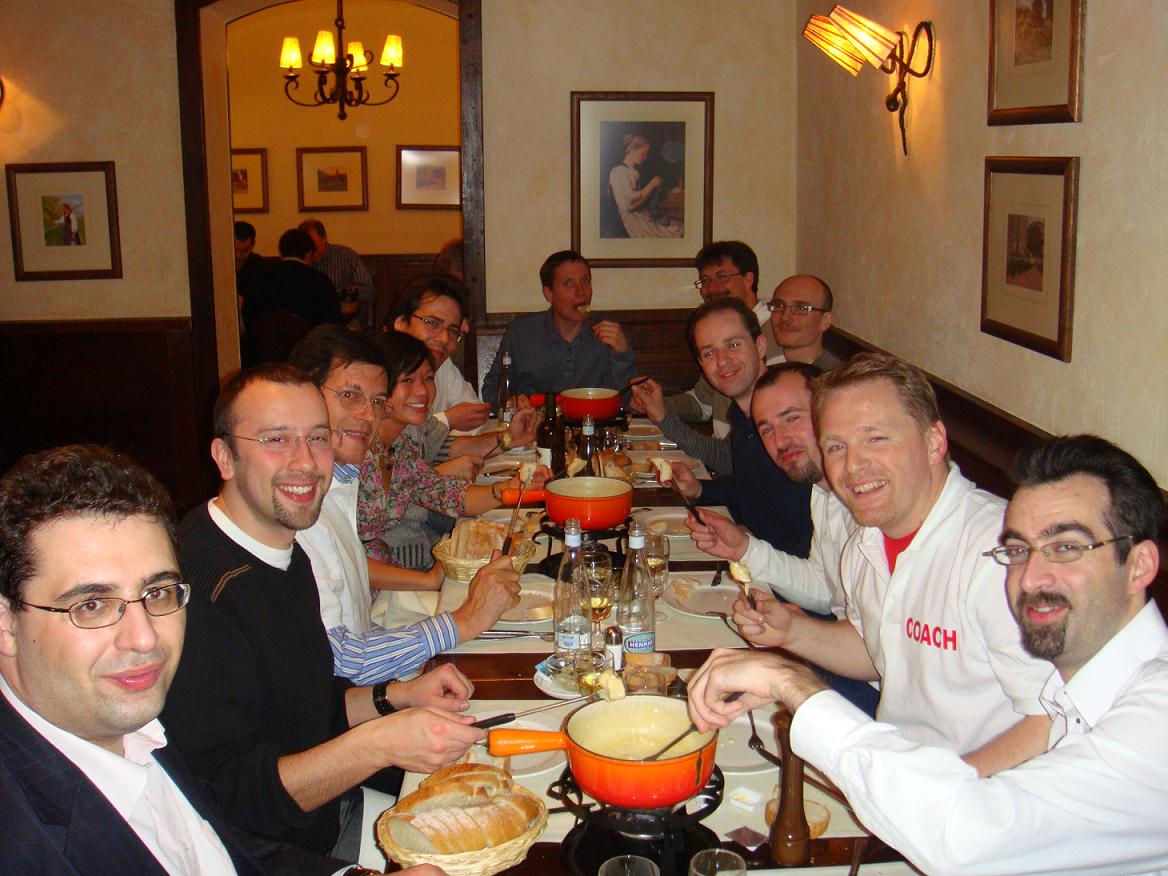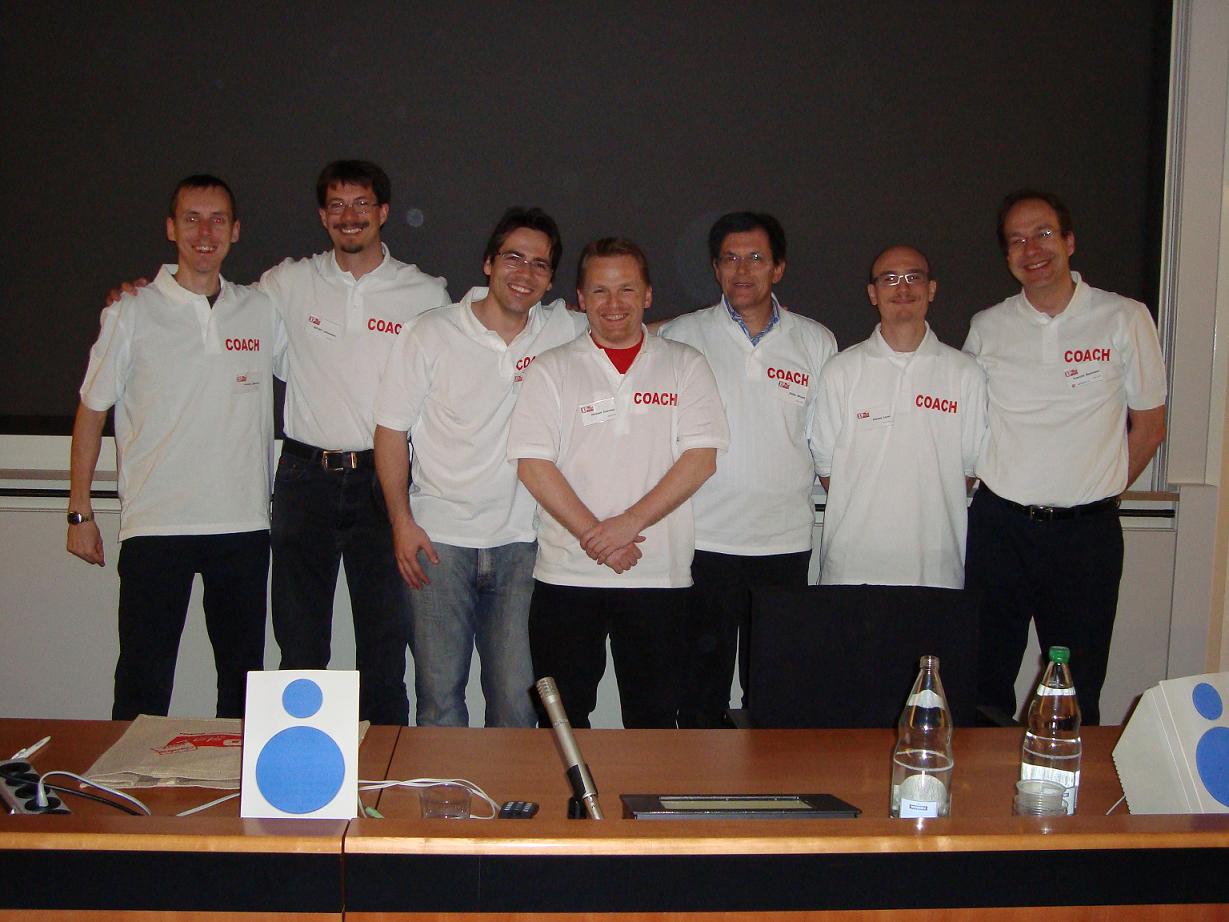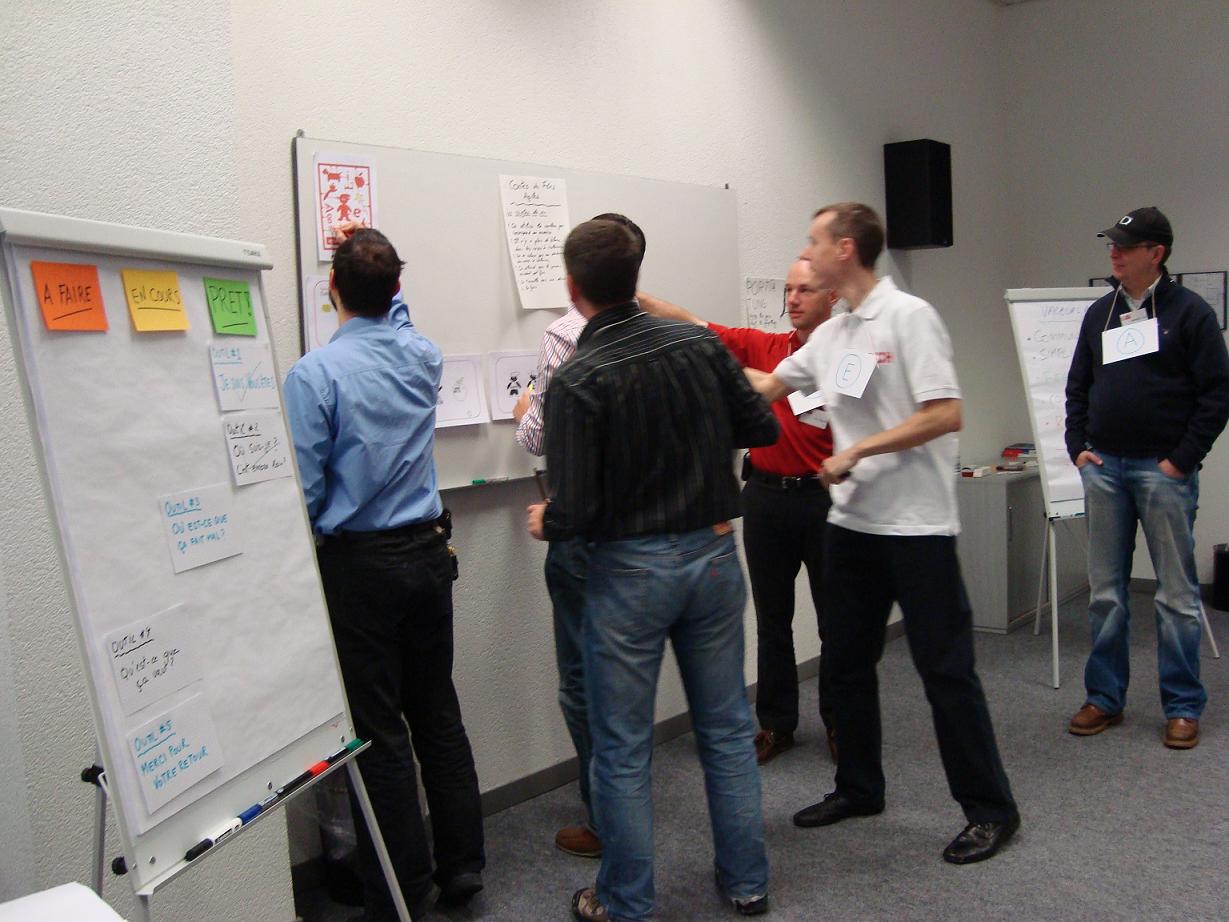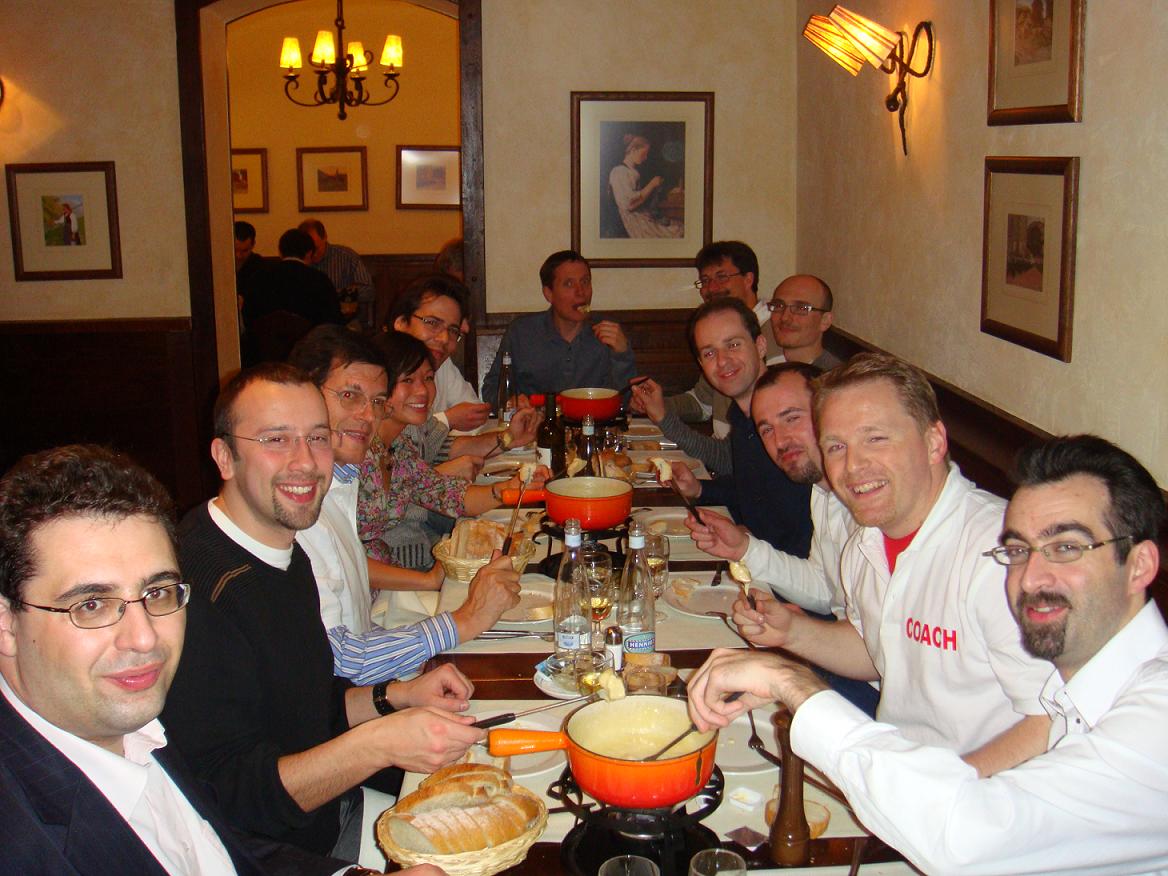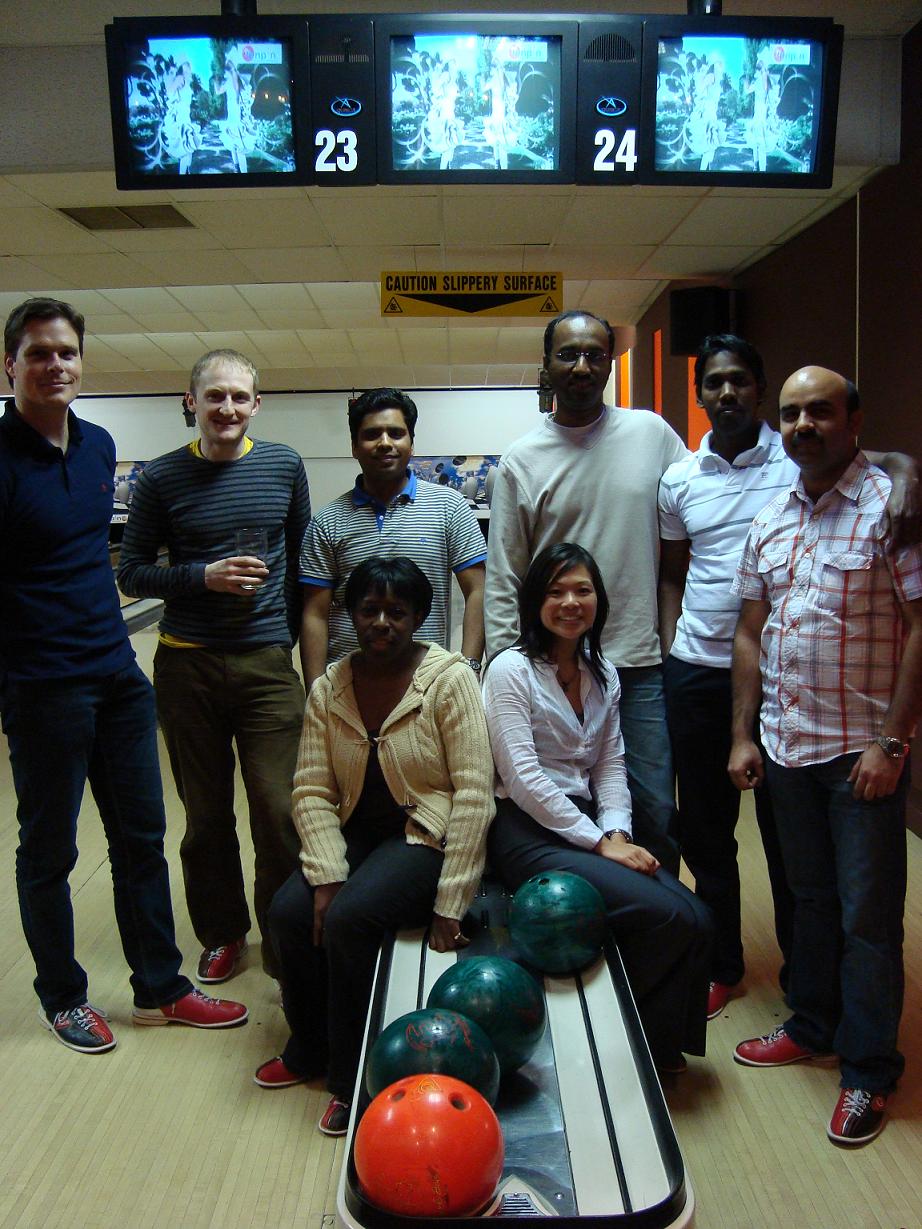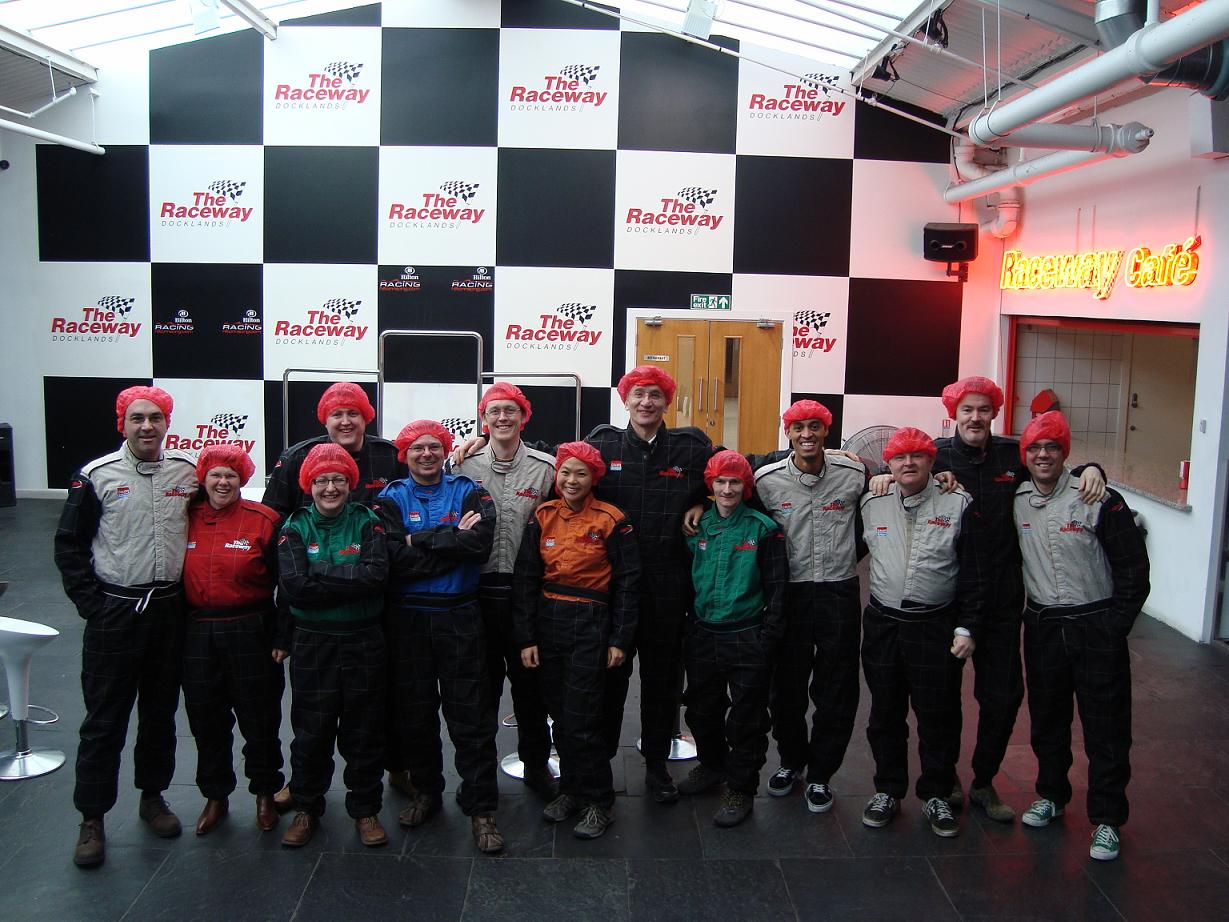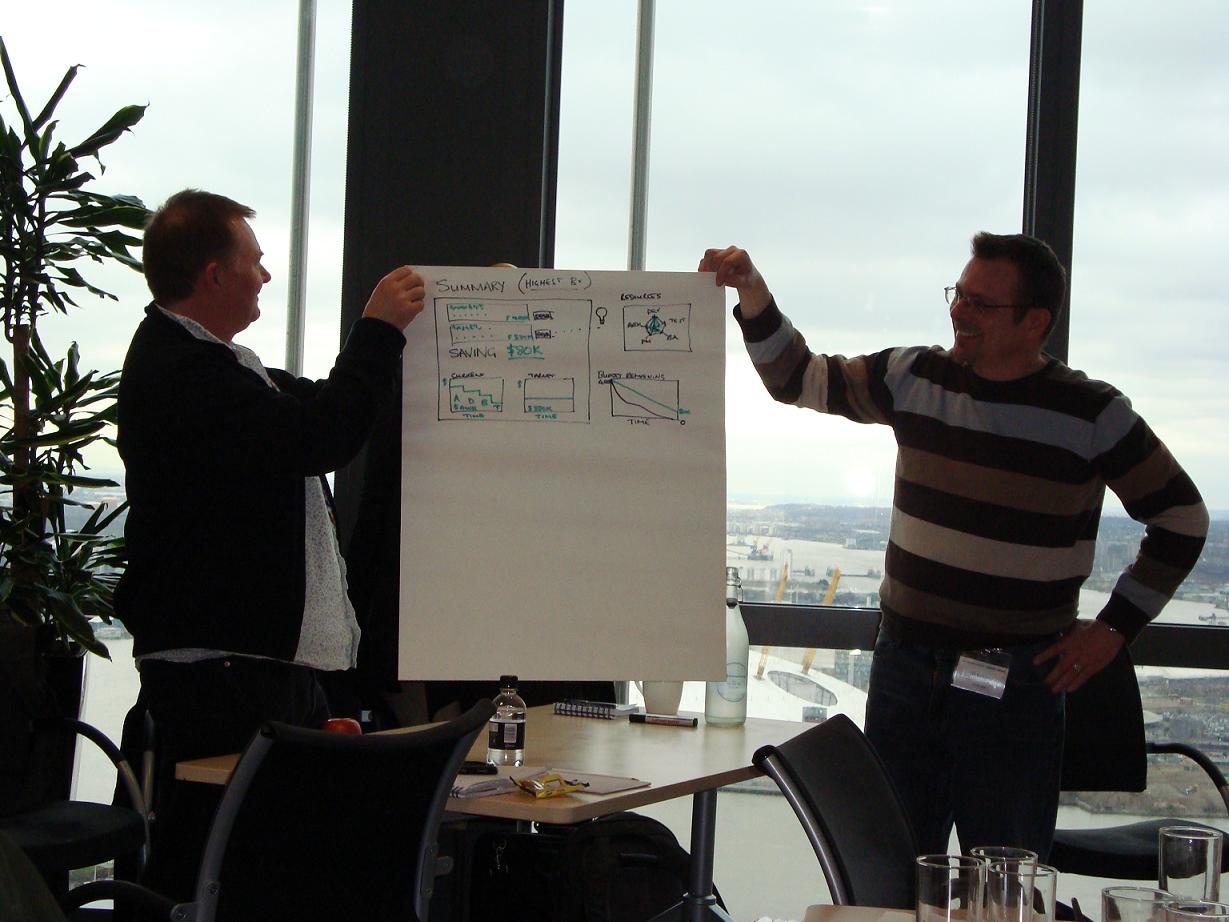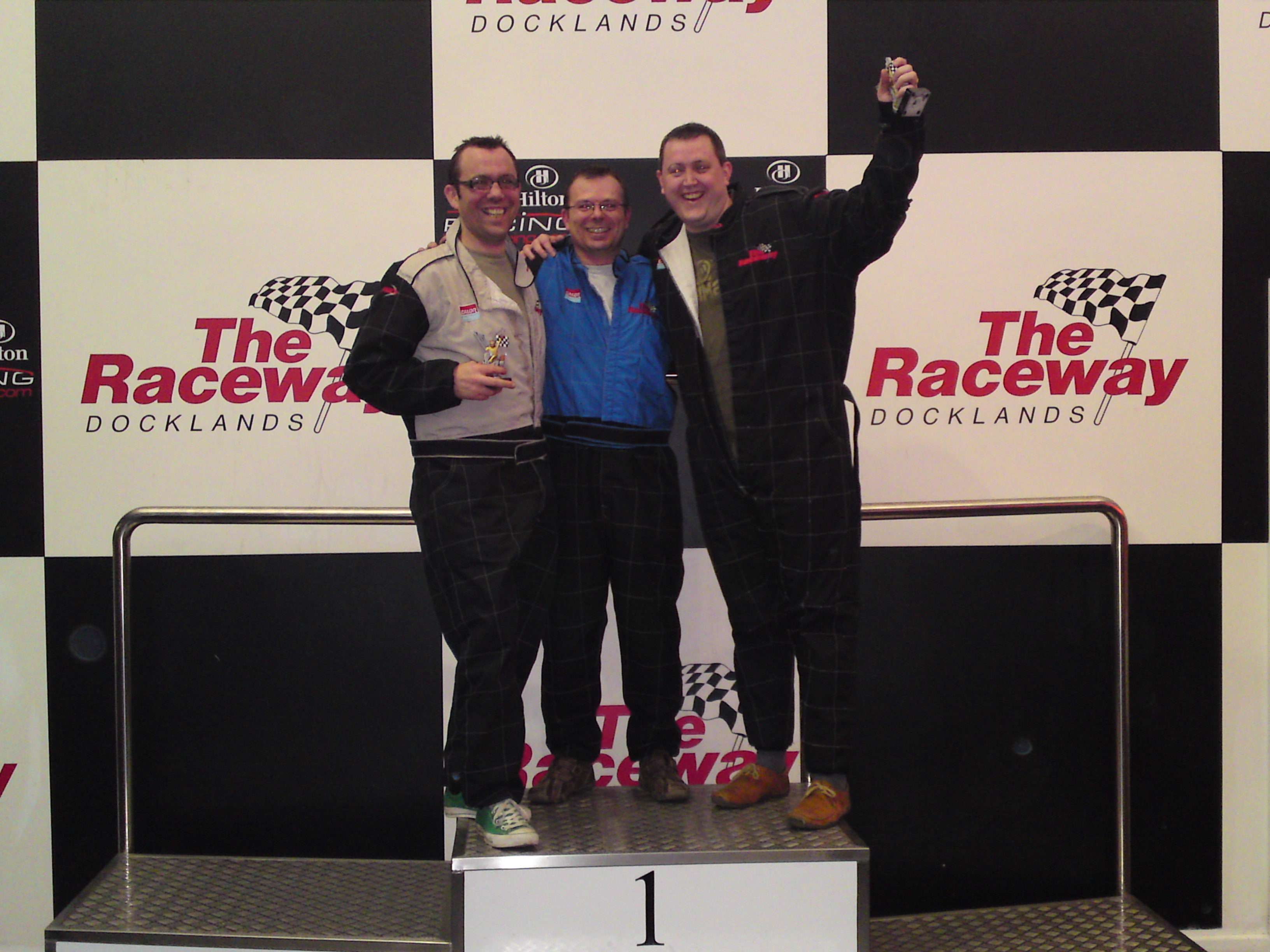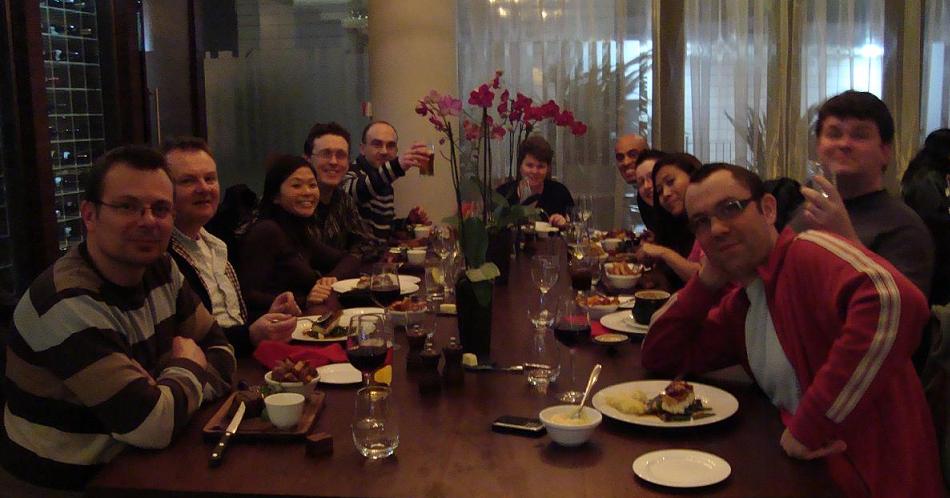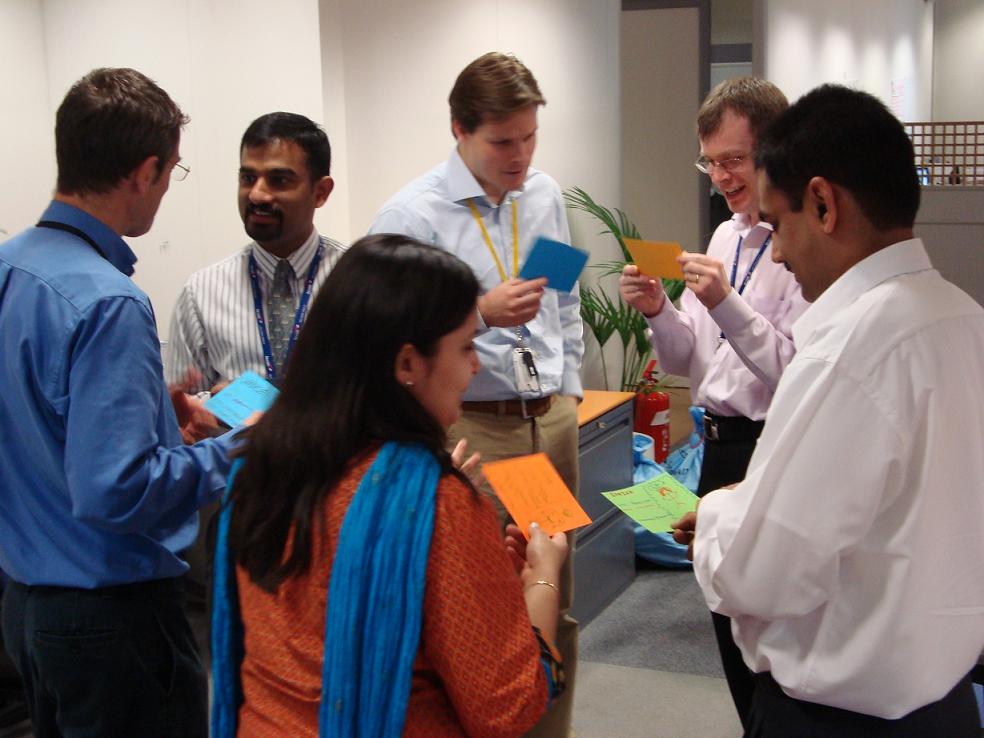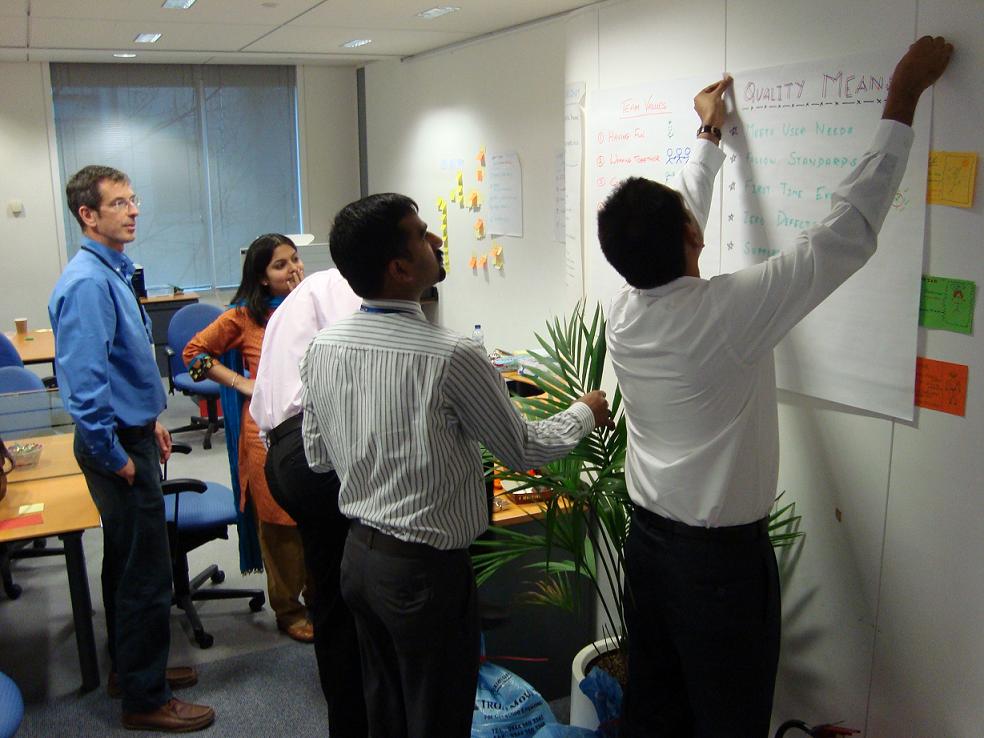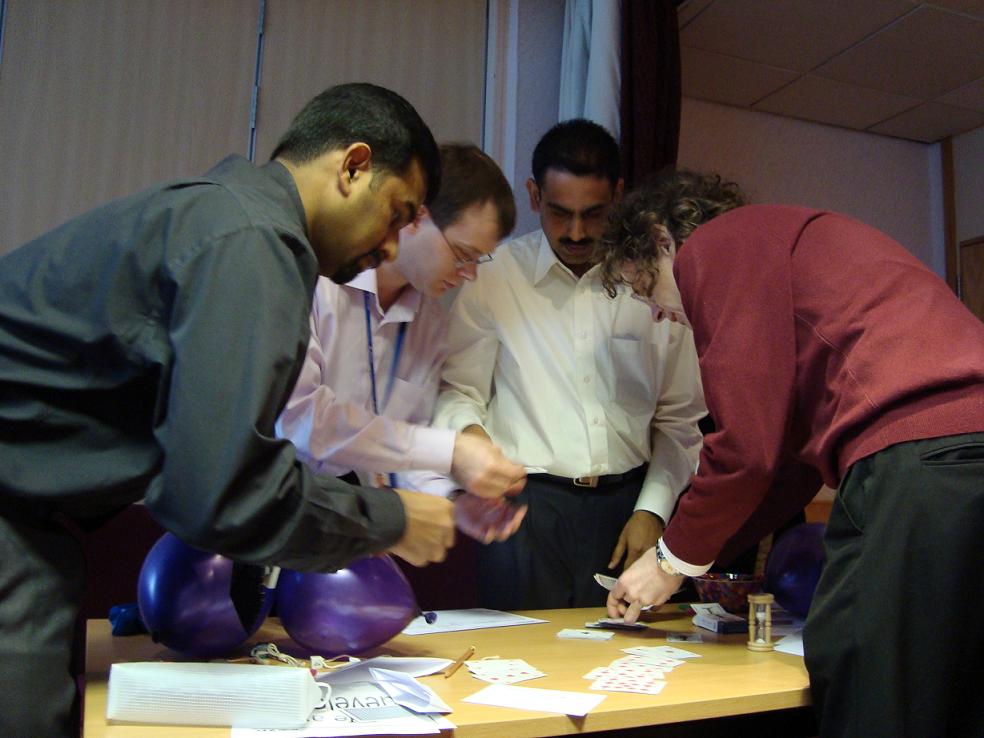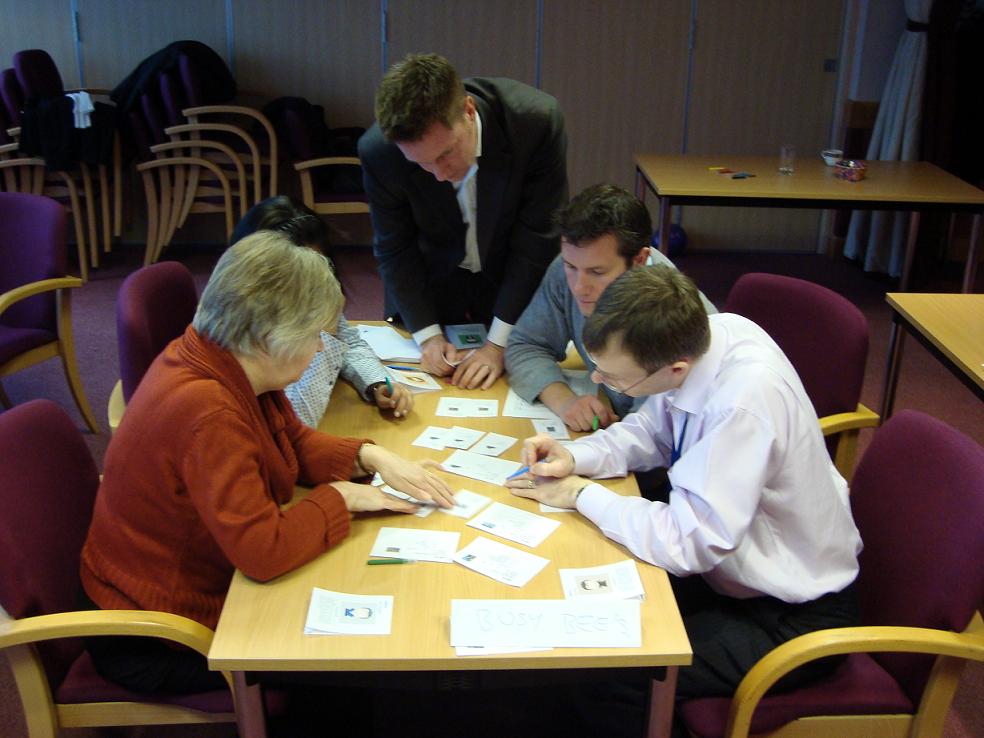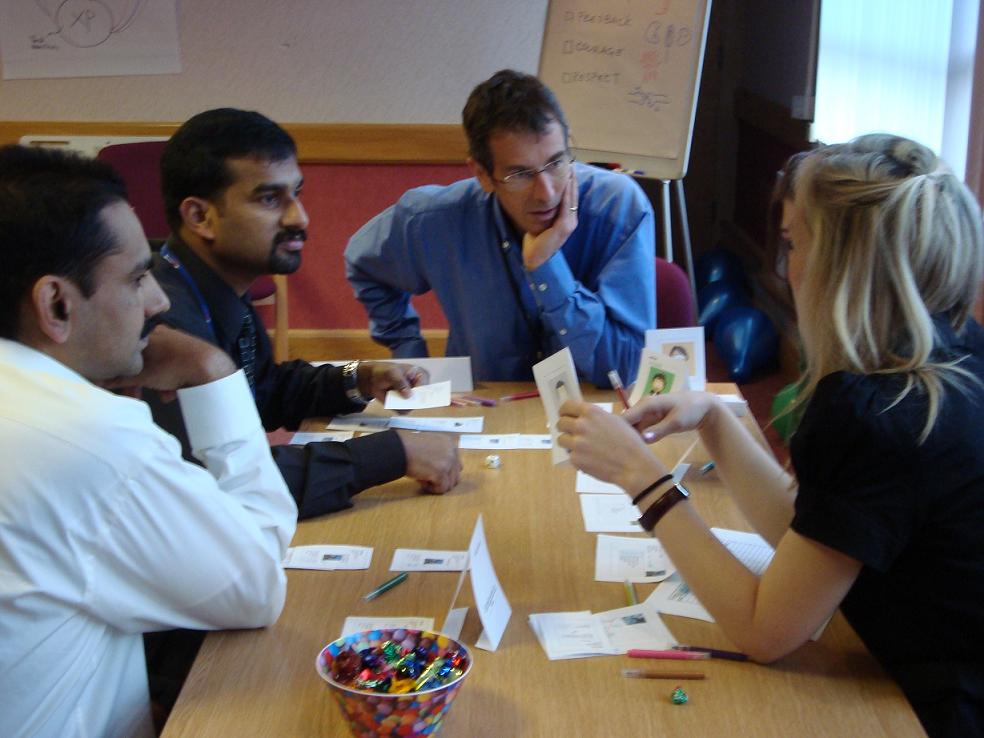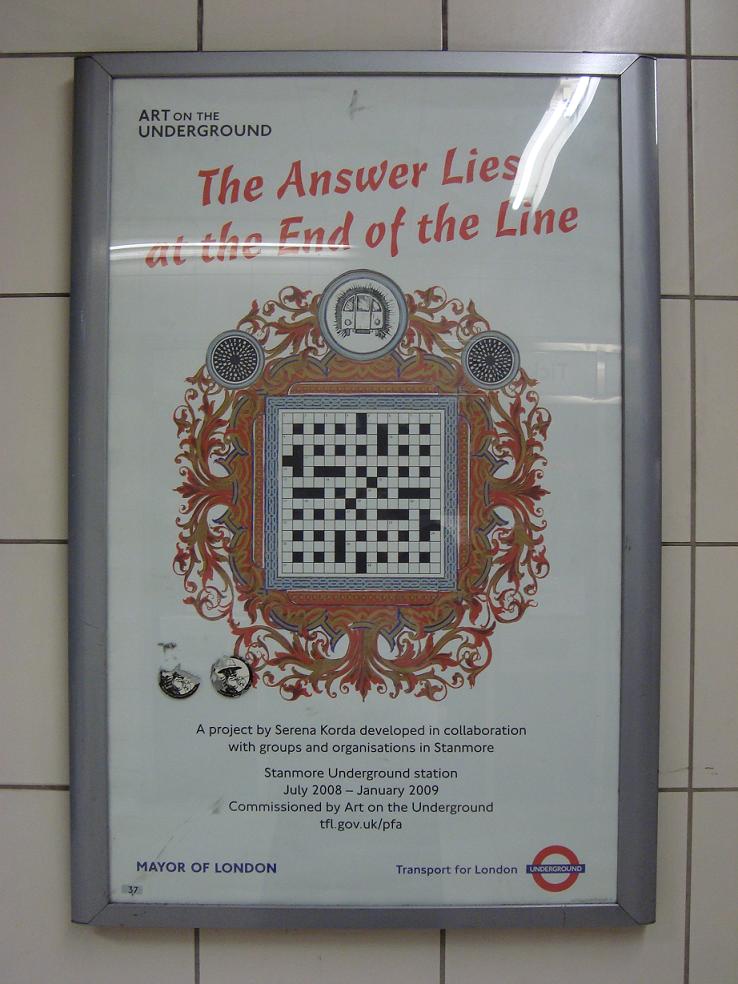TO create a team that delivers value now and in the future
AS A group of individuals
WE NEED to create an agreed way of working.Immediately after the Profile Card Exercise, we create the team’s manifesto.
The Definition of Team (Duration: 15 – 25 minutes)
We begin by asking the group: “What does ‘Team’ mean to you?” We use the Clustering Exercise to ensure we collect everybody’s ideas.
The Clustering Exercise
- Brainstorm ideas: Pose a question to the crowd. Ask everyone to write down their answers in silence, describing each idea or thought in no more than a few words on individual Post-its. Set aside 3- 5 minutes for this.
- Share ideas: Ask each member to go through their entire stack by reading out a Post-it then posting it up one at a time. Ensure everyone can see the information being posted up.
- Cluster ideas: Ask everyone to group the Post-its by theme. The clustering must be done in silence so that individuals cannot verbally influence one another’s way of grouping.
- Identify themes: Select a cluster then read out the individual Post-its one by one. Ask the group to give the cluster a theme. Write down the theme on a Post-it and place it at the centre of the cluster. Repeat this step with each process.
- Vote for themes: Count up the total number of themes then divide it by 3. The product is the number of votes given to each member. Ask each member to vote for their preferred themes. If someone feels particularly strongly for a theme, they can allocate all their votes to a single theme.
- Spot the top themes: Count up the total number of votes per theme. Note down the number of votes on the associated theme Post-it.
- Select the top themes: Write out the question you posed to the group as a heading on an A0 piece of paper. Identify and agree with the group up to top 5 themes to form the group’s collective answers to the question. Write down the themes as a numbered list below the question heading.
Once we’ve defined the team values, we take a break. After the break, we move on to the second exercise to build up our team manifesto.
The Definition of Quality (Duration: 15 – 20 minutes)
Quality is an integral part of everything we do. We’ll have many conversations with the team throughout the project about Quality, so it’s important to define upfront what Quality means to us.
Next, we ask the team “What does Quality means to you?” using the Clustering Exercise. Again, we begin by finding out what Quality means to each individual and then come to a common understanding of what it means to the team.
Why define Quality?
- To come to a common understanding of Quality.
- To find out how important Quality is for the team.
- To tap into the team’s sense of professional pride.
- It helps team members to stick up for what they believe in, because they’re supported by the team.
- It’s self-enforcing. Since the team came up with it, individuals are more likely to behave responsibly and encourage others to do the same.
Why is the Clustering exercise useful?
- It allows introvert thinkers to share their thoughts and ideas without being dominated or distracted by the extrovert thinkers in the group.
- It shows the coach how individual members behave in a group.
- It develops a sense of solidarity as a group works together to come up with a collective answer.
Now we have the information for creating two posters that make up the Team Manifesto. Here’s what we do next.
